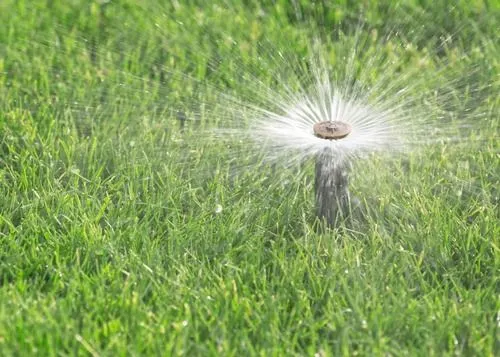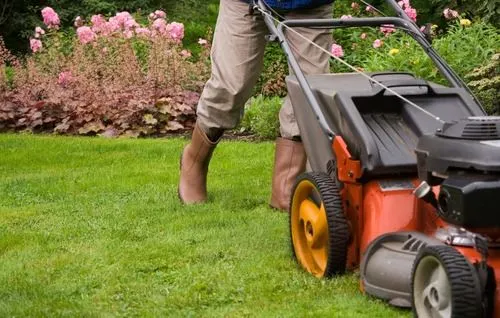
Flip the switch on, and let the sprinklers soak the yard for a little while.
This casual approach to lawn watering may have worked several years ago, but people are more attuned to their gardening habits than ever before.
There are certain steps that you can take to care for your lawn like a professional. Get to know these seven tips to properly water your lawn. A lush and green yard will be the result.
1. Set an Early Time
Evaporation is your enemy when it comes to watering your lawn in the warmer months. If you set your sprinklers to an afternoon watering, you’ll lose a lot of the moisture to the strong sun.
Purchase a timer for your sprinklers so that they activate between 5 and 8 a.m. in the morning. The grass can soak up as much water as possible while reducing your costs caused by evaporative losses.
2. Long and Deep Waterings
Encourage long and deep waterings by only performing this task several times a week. Depending on your region, you might spend 20 minutes watering the lawn every two or three days.
Watering every day will only create shallow grass that doesn’t hold the soil very well. Deep watering encourages the roots to search out for moisture as they grow deeper toward the damp soil.

3. Don’t Cut Too Short
Your trimming habits contribute to good, water absorption at the soil level. By cutting only one-third of the blades’ heights at a time, they have enough surface area to photosynthesize.
Watering the blades allows the water to funnel down through the grass and into the soil. Extremely long or entirely short grass is too stressful for the plant, and it only leads to dry conditions and plant breakdown.

4. Pay Attention to Low-Lying Areas
Properly watering your lawn also includes observation about its condition. No puddles should persist on the lawn, especially if you have a few bare areas.
If you notice any low-lying areas filling with water, shut off the sprinkler system. Try to fill the area and cover it with seed. Water this particular patch once a day until seed germination begins.
5. Be Aware of Your Soil Type
Your soil also dictates how the lawn should be watered. For sandy terrain, you’ll need to water more often because the moisture will filter through the ground with rapid ease.
Clay, in contrast, holds moisture extremely well. You may want to hold off from watering the lawn too often when clay soil is part of your landscaping.

6. Adjust Those Sprinklers
Sprinklers can fall out of adjustment from scrapes with lawnmowers or trips by residents. When the sprinklers activate, take a moment to pay attention to their direction.
You shouldn’t be watering the sidewalk or driveway. Adjust them before you lose too much water to runoff.

7. Consider the Shaded Areas
Many homeowners have trees that hang over the lawn. The shady areas will actually need less water than the sunny sections. Ideally, speak to your landscape services about pruning the trees or bushes.
The majority of the lawn should be free from deep shade. The lack of light creates growth problems, weed infestations and possible mold growth.
When you can’t alter the shady area immediately, try to hand water it as an irrigation alternative.
The rest of the lawn can be saturated with the irrigation system while you control the shaded area with small amounts of moisture.
Hiring lawn treatment services is a great idea when you need to tune up the yard. Professional landscapers can aerate, fertilize and service your property several times a year.
With your own care supplementing the professionals’ visits, your lawn should have a dense and deep-green appearance all the way until fall.



Comments (0)
Thanks for your comment!
Thanks for your feedback! Your comments have been successfully submitted! Please note, all comments require admin approval prior to display.
Error submitting comment!
There is a problem with your comment, please see below and try again.